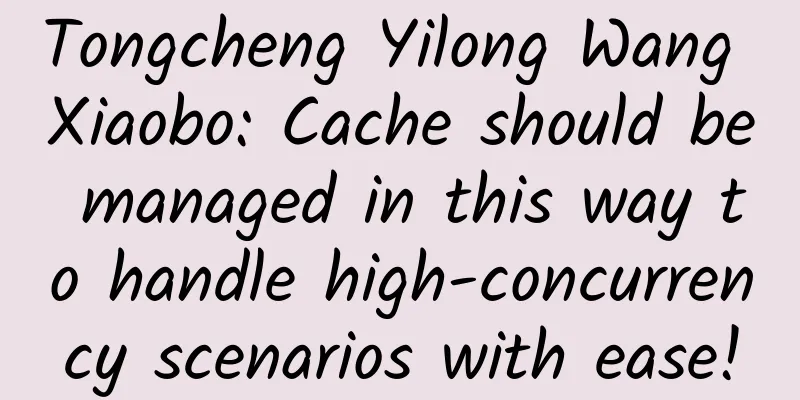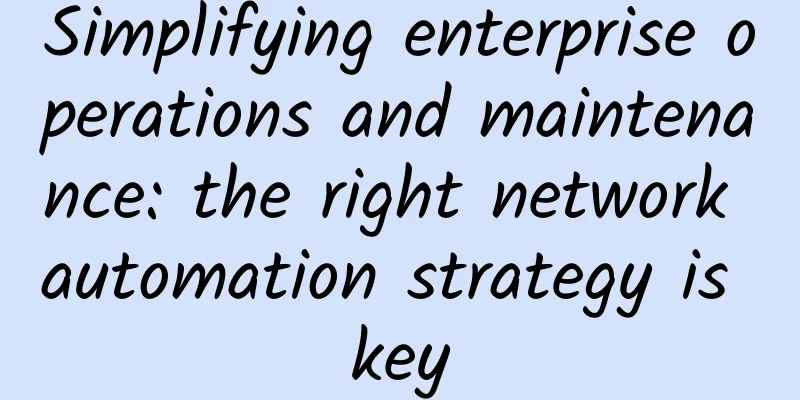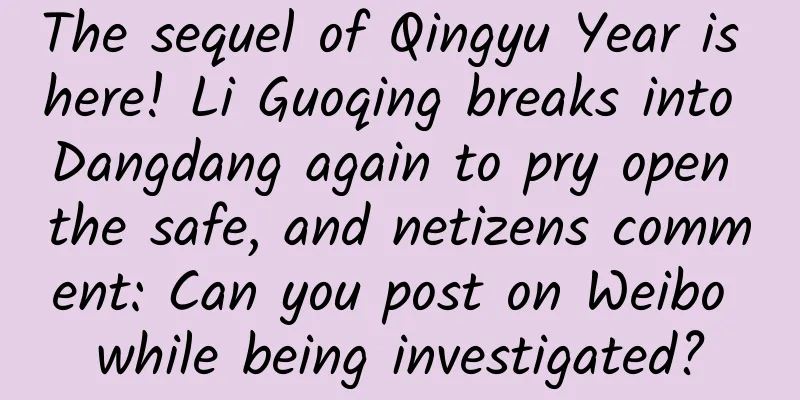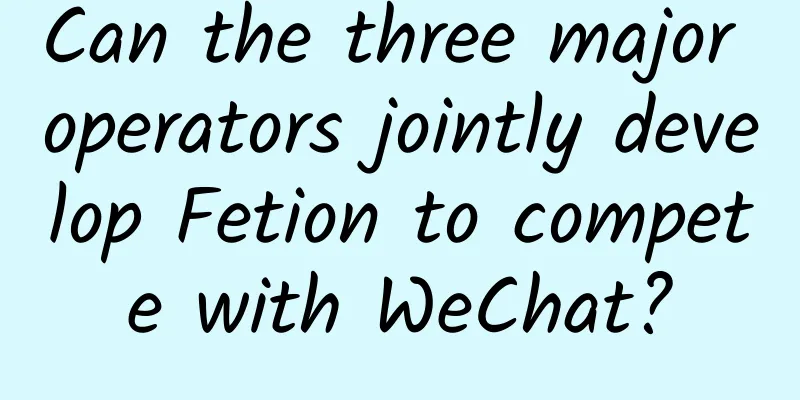Dalian Cloud Factory: Innovative project delivery on the cloud enables joint development by multiple teams
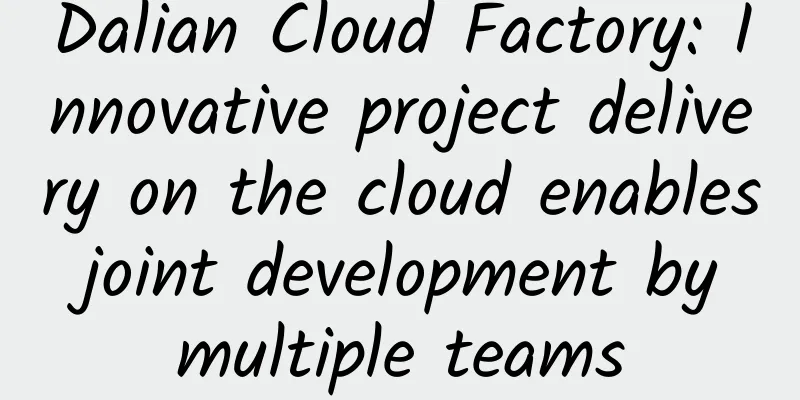
|
As my country accelerates the implementation of the innovation-driven development strategy, a new wave of mass entrepreneurship and innovation is sweeping across the country. The software industry is particularly hot, such as the mobile Internet APP gold rush. As a leading technology maker space, Dalian Yungongchang Technology Service Co., Ltd. (hereinafter referred to as "Dalian Yungongchang") is a new incubator dedicated to the construction and development of smart cities, providing the most passionate and technologically advanced startup teams with a full range of services in terms of "capital, technology, talent, and market". The business areas of the entrepreneurial teams stationed in Yungongchang involve smart cities, the Internet of Things, big data, etc., but these teams are small and sophisticated, with a minimum of three to five people, and a maximum of 20 to 30 people, or 30 to 40 people. Each company has its own strengths and ways of survival. Even when they have their own expertise, it is actually difficult to undertake large projects. While providing innovative services to enterprises, Yungongchang has also made an innovative attempt to aggregate the advantages of incubated enterprises, build an alliance of incubated enterprises, and undertake large projects together. Three major obstacles to smart city project delivery At the beginning of 2016, Cloud Factory took on a smart city project, the construction of a city emergency command platform. When a large-scale fire or emergency occurs, the on-site information is transmitted to the command center in real time. The command center system has a big data model, which automatically generates an emergency command plan. After confirmation, it can be used in the terminal of the on-site commander to conduct efficient and intelligent emergency command and rescue. This involves a lot of technologies, including drone technology and big data technology. Small companies cannot undertake this technology. Each item may be the expertise of a company. Cloud Factory unites the incubated companies to complete this project together. In the smart city project delivered this time, multiple incubated companies in different fields need to jointly develop. Although this collaborative delivery can achieve the most comprehensive cooperation, Dalian Cloud Factory and incubated companies face many challenges in the joint delivery. Pain point 1: Inconsistent management processes and tools make cross-regional team collaboration difficult Since many companies are involved in the delivery of this project, and these companies have different management processes, R&D models, tool platforms, etc., this makes collaboration more difficult and the advantages of joint development cannot be brought into play, resulting in low R&D efficiency and unsatisfactory development quality. Specifically, these companies have a mix of agile development and proprietary development models in their R&D models. Different companies use different tool platforms (such as svn, git, etc.), which results in high costs for code maintenance and collaborative management. In addition, the lack of uniformity in management and tools also makes it impossible to share best practices. Pain point 2: Customers participate in projects offline and it is difficult to grasp the project progress and risks in a timely manner Usually, the effective implementation of a project benefits from effective communication between the enterprise and the customer. However, in the project implementation undertaken by Dalian Cloud Factory, the project progress is derived from the information collected and summarized by the front-line personnel and reported to the customer. In this way, the customer cannot understand the project situation in time. Sometimes there are inconsistent information and delayed communication, which brings unnecessary costs to the project operation. In terms of demand communication, since it is not real-time but periodic communication, demand changes cannot be fed back to the project development team in a timely manner. In addition, due to the offline communication method, demand changes cannot be tracked in time, and the problem of missing requirements is inevitable. In terms of project planning and progress, customers cannot manage the entire life cycle of the project, and risk management is inevitable. During the demonstration and acceptance phase, due to the need to travel to the customer site for communication, some issues cannot be tracked in time, which will also cause trouble for the project progress. Pain point 3: There are urgent problems to be solved in the relevant links of the software life cycle With the development of cloud computing, big data, and mobile Internet, developers are no longer isolated individuals, and the need for collaboration between developers is increasingly being paid attention to. In the joint delivery of Dalian Cloud Factory, there are still great challenges in demand management, collaborative development, continuous integration, quality control, etc. For example, version code merging needs to be done manually, and distributed development cannot be supported; versions rely on manual compilation, continuous integration takes too long, and there is no automated pipeline; there are no systematic code inspection tools, test case management tools, etc. Huawei Software Development Cloud removes "roadblocks" Dalian Cloud Factory also tried to solve the problems encountered in project delivery, such as using open source software to build its own development tool platform. However, one problem is that open source tools are complicated and difficult to select; a large amount of manpower is spent on maintenance and upgrades, which reduces the manpower investment focused on business development and delivery. In addition, Dalian Cloud Factory also tried to purchase third-party commercial tool platforms, but these platforms did not provide cloud versions, or the cloud versions did not provide end-to-end services, resulting in a lack of synergy. Li Chuang, CEO of Dalian Cloud Factory, said that later, he learned about the software development cloud launched by Huawei and had many exchanges with it. He found that it was particularly good in several aspects: ***: A cloud-based service for developers, ready to use, as long as you have a computer and an internet connection, you can use this platform. It is very convenient and fast, solving the problem of cross-regional use, and no downloading is required. The second Huawei Software Development Cloud is based on providing full-process support for the software development life cycle, supporting the DevOps concept and providing a one-stop integrated development environment (IDE), covering project management, configuration management, code checking, compilation, building, testing, deployment, and release, allowing developers to quickly and easily start their cloud development journey, greatly improving development efficiency and quality. The third is the templates that integrate Huawei's experience, such as code inspection rule sets and test case templates. We can refer to Huawei's experience to improve our development standards and development level. When problems arise during code development, the system will prompt how to modify or recommend several modification solutions, which is very helpful for junior developers and developers with little experience. … It is precisely because of these advantages of Huawei Software Development Cloud that Dalian Cloud Factory has been able to solve the problems in the delivery of smart city projects. Agile project management can timely and accurately control project quality and progress; high-availability code hosting based on Git can achieve cross-regional collaborative development; visual delivery pipeline, multi-language parallel construction; one-stop code inspection can timely discover code quality problems; with use cases as the core, it provides end-to-end test management capabilities. In addition, Huawei Software Development Cloud's out-of-the-box features do not require enterprises to invest manpower for maintenance and upgrades. Huawei Software Development Cloud provides lightweight DevOps tool services to support the implementation of DevOps in enterprises and achieve continuous delivery of projects. Moreover, Huawei Software Development Cloud provides end-to-end services to support the full life cycle management of software. Based on Huawei's R&D practices, Huawei Software Development Cloud also provides best practices such as standard templates and code checking rules, so that enterprises do not need to start from scratch. In short, Huawei Software Development Cloud has achieved the unification of cloud development, full life cycle management and DevOps, and has four core competitive advantages of agility, security, sociality and intelligence, helping developers achieve efficient R&D, rapid response and efficient collaboration. In addition, the most important thing is that Huawei Software Development Cloud and partners work together to create an open and complete R&D ecosystem. Partners can use open APIs and SDKs to achieve integration with Huawei. Huawei also helps partners set up consulting training and technical support teams to help customers migrate projects and solve technical problems. Finally, Dalian Cloud Factory and Huawei Software Development Cloud achieved the delivery efficiency and quality of the smart city project, shortening the project delivery cycle from six months to three months, reducing the version compilation and build time to minutes, and reducing the defect rate by 20%. The customer and the R&D team achieved a positive activity, the project was delivered ahead of schedule, and won the first prize in customer acceptance. |
<<: Cloud-based assembly line, one-click construction is no longer a dream!
>>: Biyouxue: Solve growing pains with software development cloud
Recommend
Will the 5G market usher in changes? Private 5G discounts surpass the three major operators
In addition to the rapid development and wide cov...
Maxthon Hosting: 20% off for CN2 GIA of Los Angeles Triple Network, KVM architecture 2G memory package starting from 54 yuan per month
Maxthon Hosting has launched a new Los Angeles Tr...
Kunpeng spreads its wings﹡Cloud Intelligence Futian | Futian Kunpeng Developer Technology Open Day was successfully held, focusing on the new cloud intelligence ecosystem
[51CTO.com original article] On the afternoon of ...
10gbiz: VPS 40% off, starting at $3.58 per month, CN2 GIA line, unlimited traffic in Los Angeles data center
10gbiz sent a blog reader exclusive discount code...
What are the hot technologies in 2023?
An IEEE survey of 350 chief technology officers a...
These core Internet protocols are gradually changing
The Internet we are familiar with used to mainly ...
Super detailed explanation of Socket communication principles and examples
We are well aware of the value of information exc...
Low Power Wide Area Network (LPWAN) Technology – Benefits and Testing Challenges
What is LPWAN? The Internet of Things (IoT) refer...
Summary information: Yuanyun/OVZH/Shumai Technology/Fanyun
October and November coincide with the Double Nat...
In order to make your Internet more enjoyable, what have routers experienced over the years?
[[411615]] It has to be said that the development...
With the three major operators working together to promote 5G messaging, how far is it from success?
On April 8, China Mobile, China Telecom, and Chin...
How to make the audit of data center assets more efficient?
Everyone has their responsibilities, but what to ...
BudgetVM: 1Gbps unlimited traffic server starting from $84/month, 10-100Gbps bandwidth options, US/Japan data centers
BudgetVM is a foreign hosting company that has be...
Regarding the 6G satellite, I am "confused"
[[351012]] On November 6, a satellite named "...
